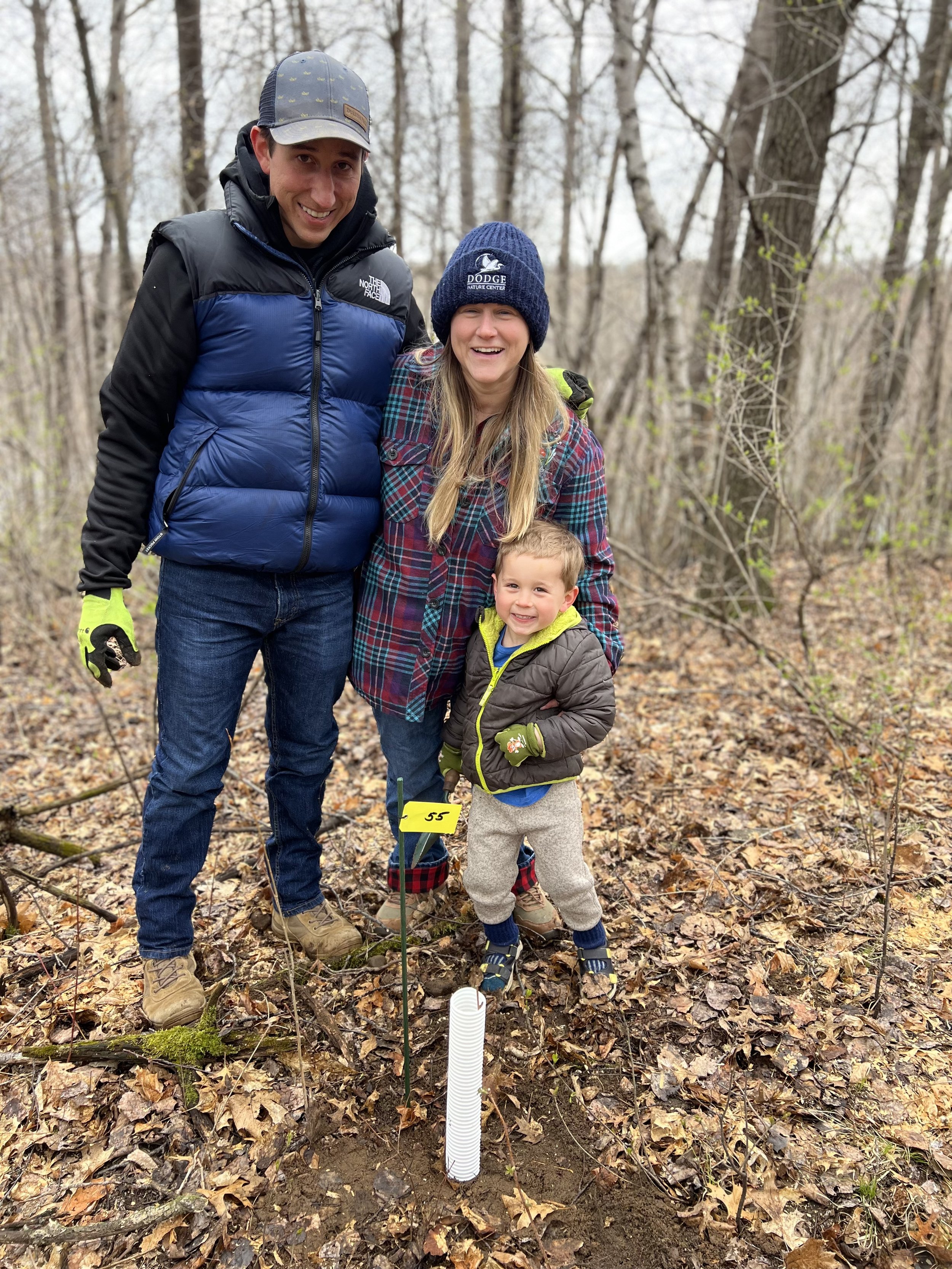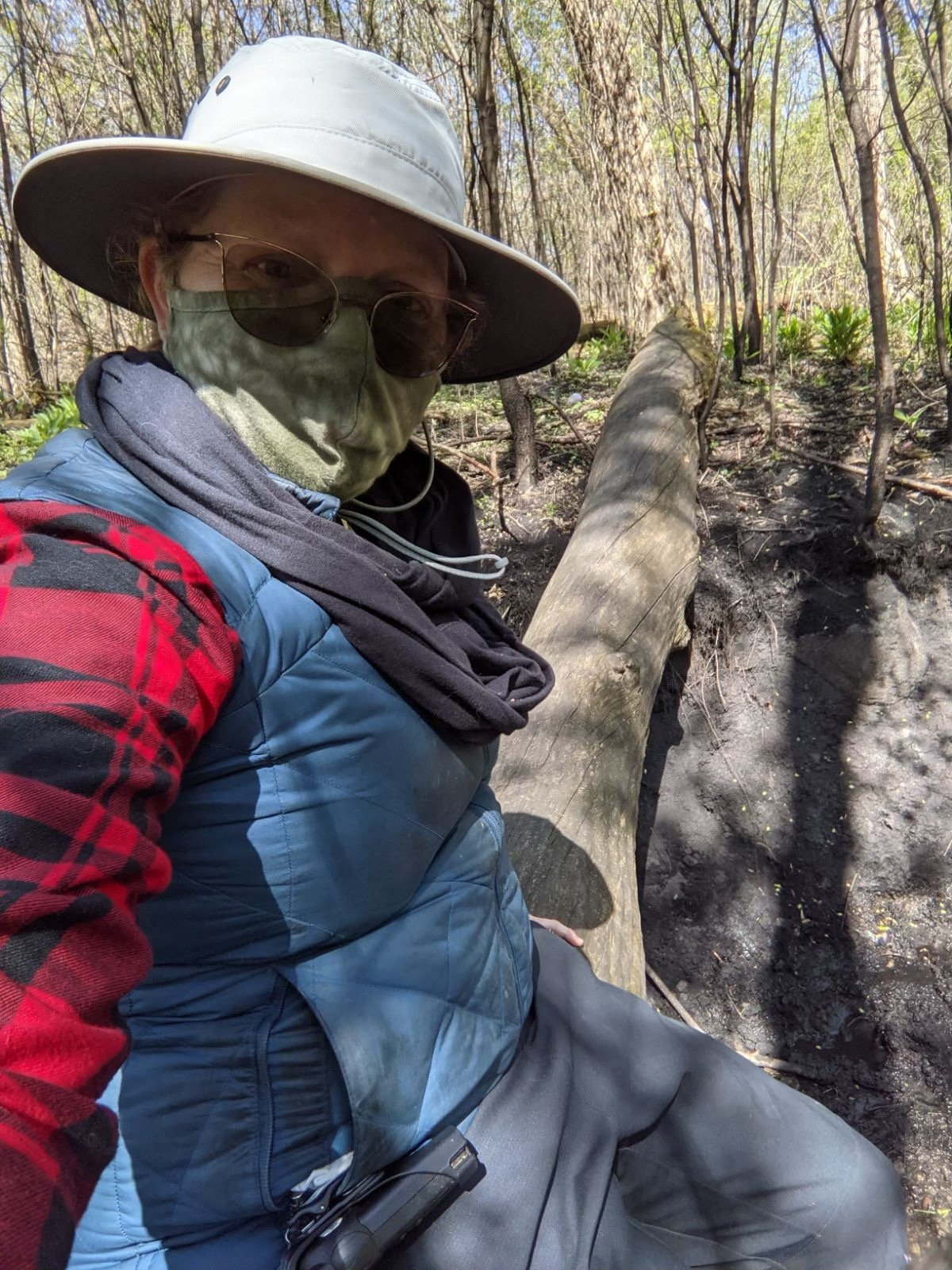What to know about Ticks
Playing outdoors is a great part of our day at Kind Roots. However, it’s important to know people who work and play outdoors are at a higher risk of getting diseases from tick bites.
Before we go outside
-
Know where to expect ticks. Ticks live in grassy, brushy, or wooded areas, or even on animals. Spending time outside hiking, playing, gardening, or tree climbing can bring us in close contact with ticks. We can even get ticks at basecamp in our play area.
Thank you to our chickens who love to eat ticks and help keep the tick population down.
-
Treat clothing and gear with products containing 0.5% permethrin.
Permethrin can be used to treat boots, clothing and other gear and remain protective through several washings.
Alternatively, you can buy permethrin-treated clothing and gear here:
**Kind Roots does suggest spraying close-toed shoes for children.
** DON’T USE permethrin on skin.
-
Use Environmental Protection Agency (EPA)-registered insect repellents containing DEET, picaridin, IR3535, Oil of Lemon Eucalyptus (OLE), para-menthane-diol (PMD), or 2-undecanone. EPA’s helpful search tool can help you find the product that best suits your needs. Always follow product instructions. Do not use products containing OLE or PMD on children under 3 years old.
Article “Choosing an Insect Repellent for your child”, Last Updated: 4/28/2023,
Source: American Academy of Pediatrics Council on Environmental Health and Climate Change (Copyright © 2021)
Our Tick Repellent Choices
-

Teacher Annie's Choice
Permethrin shoes
-

Teacher Meghans Choice
-

Parent Hannah's Choice
Cedarcide
-

Dodge Nature Preschool Teacher April
Before You Go Outside: How to cover-up your child for going in the woods
We recommend light-colored long-sleeved shirts and pants to help protect your child from ticks and poison ivy.
Tuck shirt into pants and tuck pants into socks when heading into tick and mosquito-prone areas.
Wearing hats can cut down the possibility of ticks getting into your child's hair and light-colored clothing allows for easy spotting of the tick.
Fact: Ticks don’t jump, fly, or drop from trees onto your head and back. If you find one attached there, it most likely latched onto your foot or leg and crawled up over your entire body. Ticks are “programmed” to try and attach around your head or ears.
When your child gets home
-
Ticks may be carried into the house on clothing. Any ticks that are found should be removed.
Throw dirty clothes into the wash right away, hot water is recommended. Cold and medium temperature water will not kill ticks.
-
Bathing within two hours of coming indoors has been shown to reduce your risk of getting Lyme disease and may be effective in reducing the risk of other tick-borne diseases. Bathing may help wash off unattached ticks and it is a good opportunity to do a tick check.
Check your Child for ticks after a day outdoors.
Teachers at Kind Roots will conduct a full body check upon return from potentially tick-infested areas, right before nap.
We suggest you do the same once your child returns home.
Check these parts of your child’s body for ticks:
Under the arms
In and around the ears
Inside belly button
Back of the knees
In and around the hair
Between the legs
Around the waist
How to remove a tick
Use clean, fine-tipped tweezers to grasp the tick as close to the skin’s surface as possible.
Pull upward with steady, even pressure. Don’t twist or jerk the tick; this can cause the mouth-parts to break off and remain in the skin. If this happens, remove the mouth-parts with tweezers. If you cannot remove the mouth easily with tweezers, leave it alone and let the skin heal.
After removing the tick, thoroughly clean the bite area and your hands with rubbing alcohol or soap and water.
Never crush a tick with your fingers. Dispose of a live tick by
Putting it in alcohol,
Placing it in a sealed bag/container,
Wrapping it tightly in tape, or
Flushing it down the toilet.
Did You just remove a tick?
Place the tick in a piece of tape and note the location and date of the bite. Save the tick.
*Note: Blacklegged (Deer) ticks are the primary ones responsible for transmitting disease
Watch for symptoms for 30 days
Call your healthcare provider if you see any of the following:
• Rash
• Fever
• Fatigue
• Headache
• Muscle pain
• Joint swelling and pain
Treatment for tickborne diseases should be based on symptoms, history of exposure to ticks, and in some cases, blood test results. Most tickborne diseases can be treated with a short course of antibiotics.
*Consider sending tick in to be tested for Lyme and other co-infections (strongly suggested if symptoms do appear)








